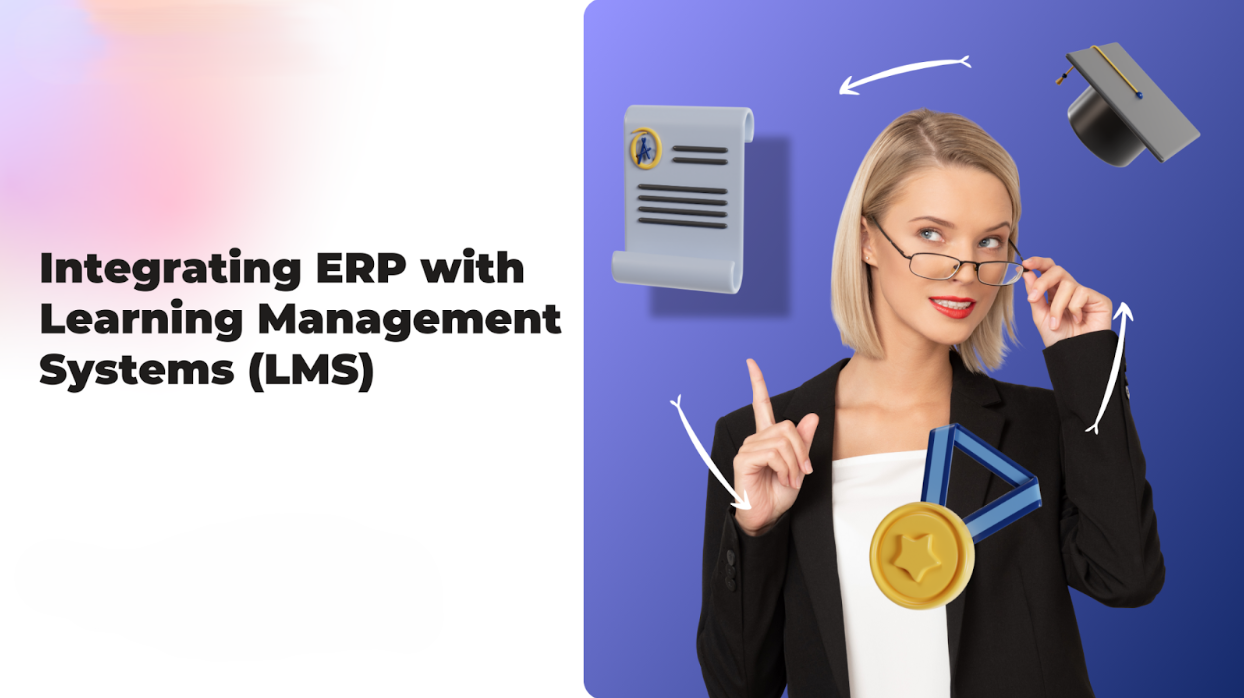Integrating ERP (Enterprise Resource Planning) systems with Learning Management Systems (LMS) offers significant advantages for educational institutions, providing a cohesive platform that aligns administrative functions with educational activities. This integration streamlines processes, improves data accuracy, and enhances the overall management of school operations.
Unified Data Management: Combining ERP with LMS creates a single platform for managing both administrative and educational data. This integration ensures that information such as student enrollment, grades, and attendance is consistent across both systems, reducing the risk of data discrepancies and improving accuracy.
Streamlined Administrative Processes: ERP systems handle administrative functions such as scheduling, finance, and human resources, while LMS platforms focus on teaching and learning activities. Integrating these systems streamlines processes by automating data transfer between administrative and academic functions. For example, changes in student enrollment made in the ERP system are automatically reflected in the LMS, ensuring that course registrations and class lists are up-to-date.
Enhanced Reporting and Analytics: Integrated systems provide comprehensive reporting and analytics capabilities. Schools can generate detailed reports that combine administrative and academic data, offering a holistic view of institutional performance. This integration enables more informed decision-making and better tracking of student progress and resource utilization.
Improved Communication: Integration facilitates better communication between students, teachers, and administrative staff. For instance, students can access their academic records, schedules, and financial information through the LMS, while teachers can view class rosters and student performance data from the ERP system. This seamless communication improves coordination and supports a more collaborative educational environment.
Efficient Resource Allocation: By integrating ERP and LMS, schools can optimize resource allocation. For example, class schedules and room assignments managed by the ERP system are automatically synchronized with the LMS, ensuring that resources are allocated effectively and minimizing conflicts.
Enhanced User Experience: A unified platform improves the user experience for both students and staff. Students benefit from a single point of access for all their academic and administrative needs, while staff can manage their responsibilities more efficiently with integrated tools.
Automation of Administrative Tasks: Integration reduces manual data entry and administrative workload by automating tasks such as grade entry, attendance tracking, and financial reporting. This automation enhances operational efficiency and allows staff to focus on more strategic activities.
Better Data Security and Compliance: Combining ERP and LMS systems enhances data security by providing robust access controls and ensuring that sensitive information is protected. Integration also supports compliance with data protection regulations by maintaining a consistent and secure data environment.
In conclusion, integrating ERP systems with Learning Management Systems enhances educational institutions by streamlining administrative and educational processes, improving data accuracy, and providing valuable insights. This unified approach supports better management, communication, and overall effectiveness in schools.
